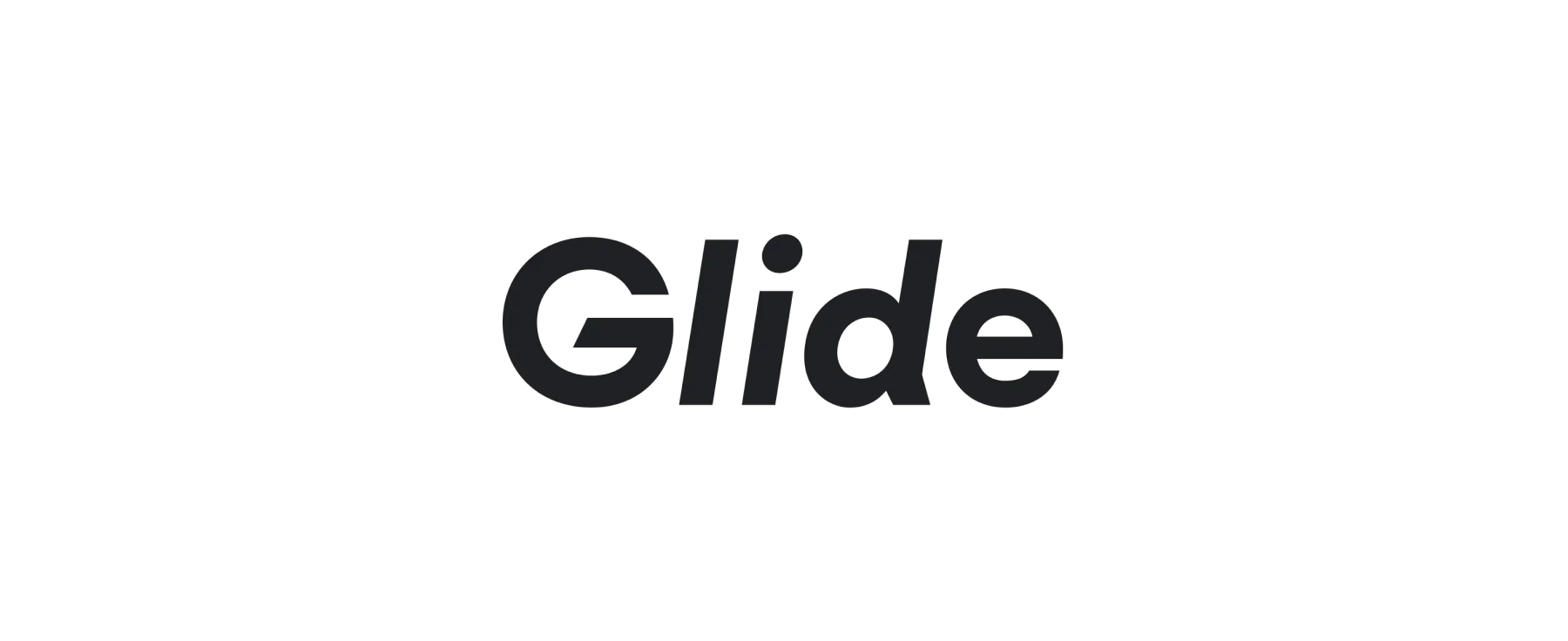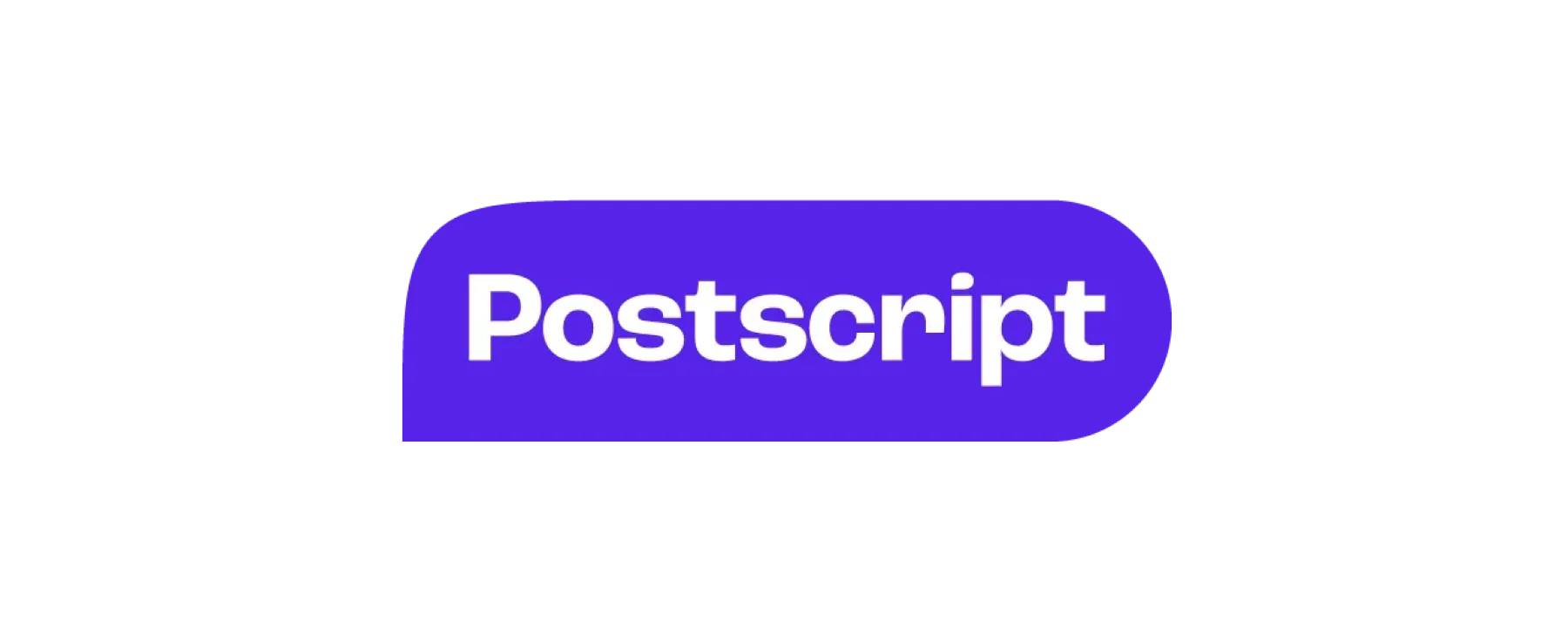How Riipen builds enablement for their four different partner personas
Every affiliate has a different way they want to promote and sell Riipen to their audience because our target market is so diverse. PartnerStack really helps us understand more about our affiliates and how we can support them.
Kaitlyn Crocker leads the affiliate program at Riipen, a platform that aims to eliminate underemployment by connecting organizations with top students through short-term projects and internships. Like many partner programs, Kaitlyn started the affiliate program as a strategic initiative within the sales department where she was a sales development representative. Around November 2020, as the program picked up some traction and managing it manually became less and less efficient, she began looking for a dedicated platform to facilitate the program on.
Choosing the platform came down to two things: CRM integration capability - they needed to be able to easily integrate through Zapier to bi-directionally connect their Hubspot instance, and the quality support they were able to find in the platform’s team — both of which they found in PartnerStack. While both were important, the latter was crucial in guiding Riipen’s team as they established their SaaS solution on a dedicated platform. Due to their program’s early-stage maturity, they found a lot of value in our onboarding process — especially when it came to their program communication strategy and launch.
“The onboarding process made us feel heard. We were able to have a customized approach.”
Early-stage affiliate programs are, to a degree, dependent on the confidence and trust program managers are able to place in the platform’s team. Maturity-based onboarding makes SaaS partnerships accessible. After all, What’s a powerful tool worth to someone who doesn’t know how to properly wield it? An approachable customer success manager will help you work through experiments, solve problems more creatively, and operationalize your unique program optimizations. But perhaps the most valuable part of a great support team is how it shortens your learning curve, allowing you to reach wins and program gains faster.
Creating Riipen's partner personas
As with any budding partner program, Riipen faced some growing pains, with its partner acquisition strategy becoming a sort of double-edged sword. Its program’s newfound accessibility grew its partner base substantially. “We realized early on that we can’t treat everyone the same because everyone has such different needs and skillsets, and they all come from different places,” Kaitlyn recalls. Their existing onboarding and enablement weren’t optimized to offer these partners the proper support they needed to succeed. After diving into the types of partners that were finding their way into the program, Riipen formalized four distinct partner personas.
Riipen's four partner personas and their key characteristics:
Legacy Partner
- Expert knowledge about Riipen
- Previously run projects as an employer
- Mission-driven & wants to help
Student Affiliate
- Relatively less marketing and skills experience
- Well-connected to student organizations
Company Affiliate
- Similar to legacy partners, promotes the company side of the marketplace to their company network
Default affiliate
- Found Riipen through the PartnerStack marketplace
- Least familiar with Riipen but has affiliate marketing experience and is commission driven
Learn more about how Riipen developed their partner personas and how to develop your own.
This case study walks through the considerations Riipen had to make when crafting enablement touchpoints that catered to each persona’s strengths, gaps, and needs. A common thread throughout their enablement strategy is the use of dedicated social media accounts, specifically on Linkedin and Instagram to facilitate different enablement tactics.
“It’s really about content that helps the affiliates, depending on what persona they are and what their needs are, and curating content that sets them up for success,” says Kaitlyn


Developing these dedicated accounts is part of a larger strategic move to establish a strong partner community, which has a myriad of benefits for growing partner programs. Aside from providing an accessible repository of relevant and re-shareable partner marketing content, it becomes a hub for support, partner recruitment, and even partner education (more on that later.)
These pages encourage partners to explore other content, ask questions, and learn about the parts of the product that resonate the most with them in an environment that is familiar to them. Additionally, because potential partners are already part of these platforms’ ecosystems, reaching out to them as part of your recruitment strategy is as easy as sending a direct message.
A strong partner community also helps drive your partner activation rate. Based on a Network Partner Survey we conducted on 1000+ partners, users that sign in to their partner dashboard more frequently earn more revenue. Creating these touch points outside of your partner platform gives you an opportunity to incentivize engaging with the dashboard more often, shaping that revenue-driving habit.
Consideration 1: Differences in partner join sources.
Specific tactics that support onboarding and partner activation (like the one above) are essential when you’re trying to enable partners who are entering your program from different sources because those sources determine your partner’s main motivations, incentives, and existing product knowledge.
In Riipen’s case, this difference is clearly shown between their ‘legacy partners’ and their ‘marketplace partners’:
‘Legacy partners’ are highly motivated and share a strong connection with Riipen’s mission. They’ve managed projects on the employer side of Riipen, so they are familiar with the platform and are able to talk to the platform because of that first-hand experience.
On the other hand, there are Riipen’s marketplace partners (those who joined the program through the PartnerStack marketplace). While they are experienced affiliates, their knowledge of Riipen is limited and they are incentivized by the monetary rewards.
To properly enable those marketplace partners, Riipen has tailored marketplace-partner onboarding that adapts to their steeper learning curve. This is another instance where Riipen’s partner community (particularly on Linkedin) comes in handy.
After a bump in interest from PartnerStack marketplace partners, Riipen discovered they needed an accessible way to onboard these partners and make sure they’re equipped with the knowledge they need. Riipen decided to create onboarding videos hosted on their dedicated Linkedin affiliate page that partners are driven to from their initial onboarding emails. After they’ve watched all the videos, they are then required to pass a short quiz before they are given the green light to promote Riipen as a partner.

Dealing with partners that first start as customer advocates ie, legacy partners, is very different. They benefit less from a product education course and more from regular monthly meetings with the Riipen partnership team, where they can keep up to date on product changes and new ways they can promote Riipen. They value more personal interaction with Riipen’s team and enjoy learning about how Riipen is progressing towards its vision.
Another key decision Riipen made was to deliberately structure their reward offering to incentivize the right actions (another consideration they made to cater to their marketplace persona).
“We also play around with different incentives [for each persona] to help with [partner] quality control,” says Kaitlyn. Instead of rewarding partners for free sign-ups only, the bulk of their rewards is paid out only once a company publishes its first project on Riipen. This ensures partner efforts are made to drive real value through their platform, not just drive sign-up volume. This way, they are able to drive the most value out of those affiliates’ expertise – which brings us to the next consideration: your partner’s affiliate marketing skills.
Consideration 2: SaaS marketing skills
The great thing about a good partner program is that it opens a revenue stream that benefits from experienced affiliate marketers and the access they have to niche audiences. But sometimes, partners don’t have both. Take for example student affiliates compared to marketplace partners.
Partnering with student affiliates is a great way Riipen can gain access to university clubs and organizations but those partners won’t necessarily have the partner marketing expertise that veteran SaaS affiliates have mastered. A great way to discover and address these skill gaps is creating various feedback channels that are accessible to partners at different parts of their enablement journey.
Riipen created a partner survey (linked on every dashboard as a custom link through PartnerStack) - this allows them to keep a finger on the pulse across their partner segments. As a result, Riipen was able to uncover the gaps in sales skills a lot of their student affiliates might have.

Riipen also established a Slack channel to cater to the unique support needs of marketplace partners. While Slack is not as active as their Instagram or Linkedin communities, it allows the partnerships team to adapt to certain partner preferences when it comes to support. Some partners find value in scanning the chat, and others in firing a ton questions in the #general channel, and others still prefer contacting Kaitlyn directly. Regardless of the route, offering these options to partners can make the difference between a sale and a lost deal.
Additionally, it's another great way to distribute content. “We share new content [on the Slack community] every time we post on IG, or Linkedin channel so they can just repost or repurpose that content so [it becomes] a way to inspire them with new ways to share within their own community,” Kaitlyn adds.
Consideration 3: Differences in partner networks and areas of expertise
As Kaitlyn mentions, the disparity between partner personas also extends to industry experience and network sizes, because this affects the prospecting materials that partners are able to effectively use when promoting your solution. This is probably best illustrated within Riipen’s program in the differences between legacy partners and student partners. You can imagine the difference in tone of an email sent by a university student and one sent by a marketing executive.
The same partner survey has also proven useful particularly to the student affiliates who are not as experienced in reaching out to prospects. Feedback through this channel has led to the development of lead lists requests that partners can make to the Riipen partnerships team as well as templates for prospecting messages. This makes it easier for student affiliates to get the ball rolling while developing their marketing skills.

Conversely, legacy partners are more familiar and comfortable with business prospecting. They also have more expansive professional networks they can reach out to through Linkedin and email. Riipen caters to these more experienced professional partners might need by providing relevant email campaign templates and one-pagers that might need a different tone of voice for their audience.
Building a richer partner journey
Regardless of the set of personas you are working with, these are only some of the factors you should consider when building out your enablement strategy. These considerations are meant to make the partner journey richer, allowing partners to concoct their own blend of support, communication, and education. Building your partner enablement this way takes advantage of the diversity of your partners. After all, that’s why you work with them, they give your solution the competitive edge of a unique perspective to ultimately reach more audiences.











